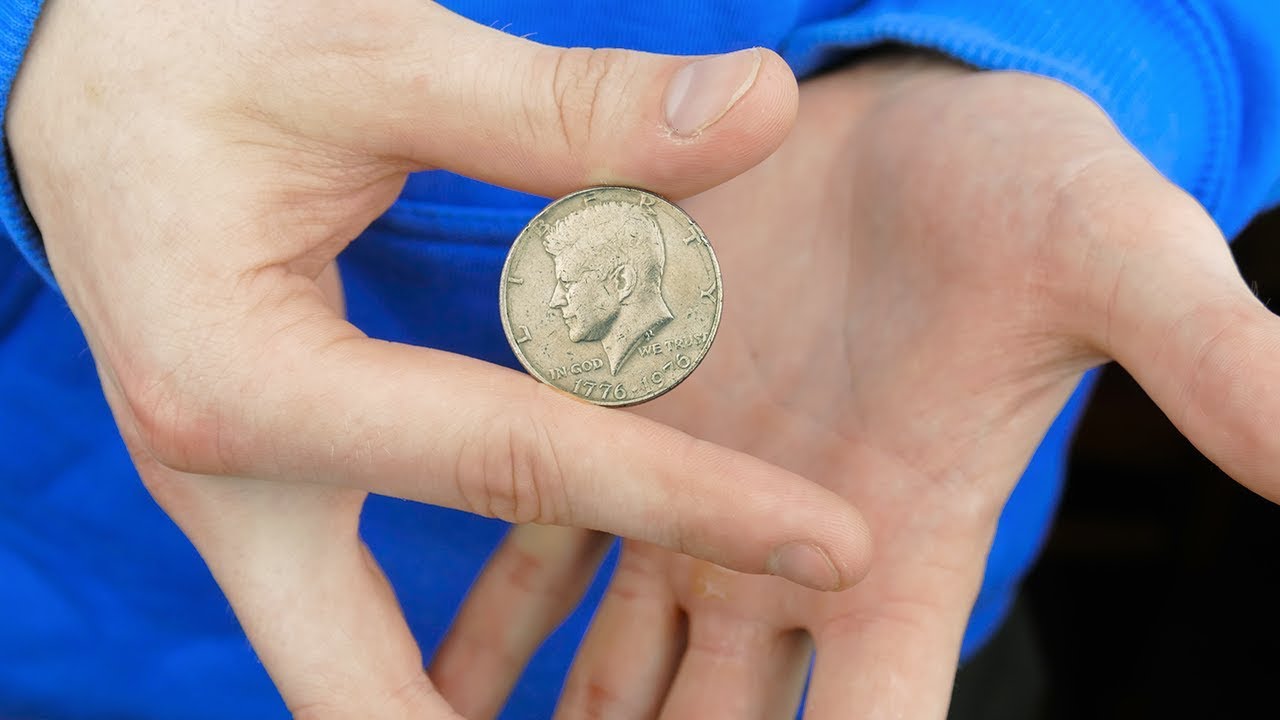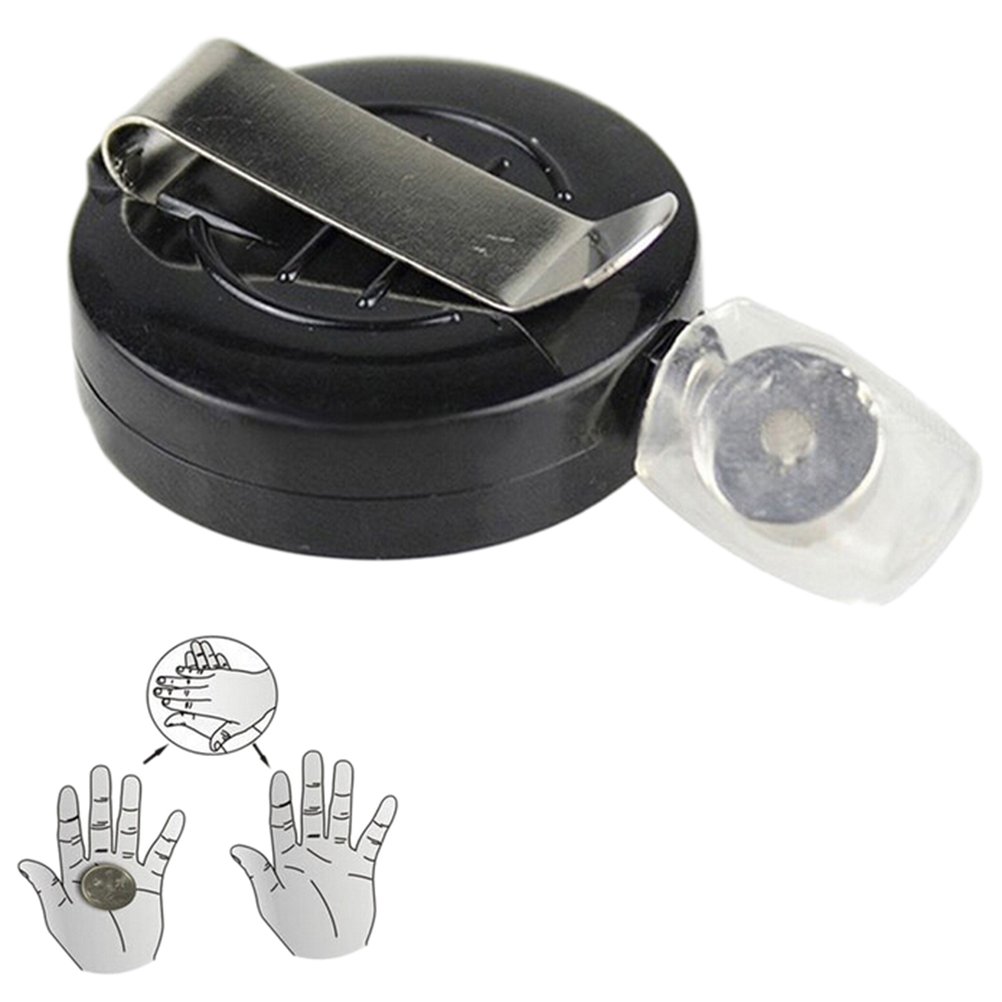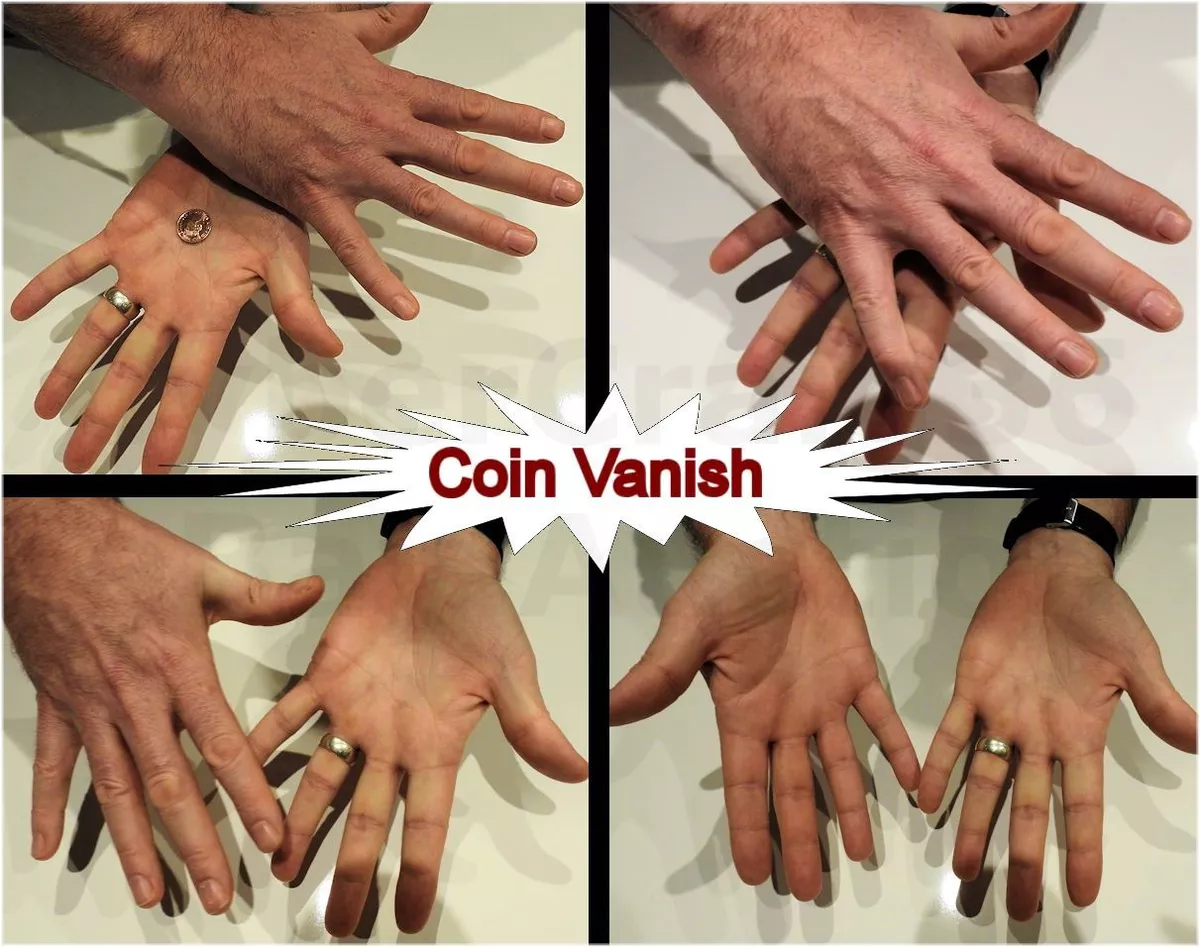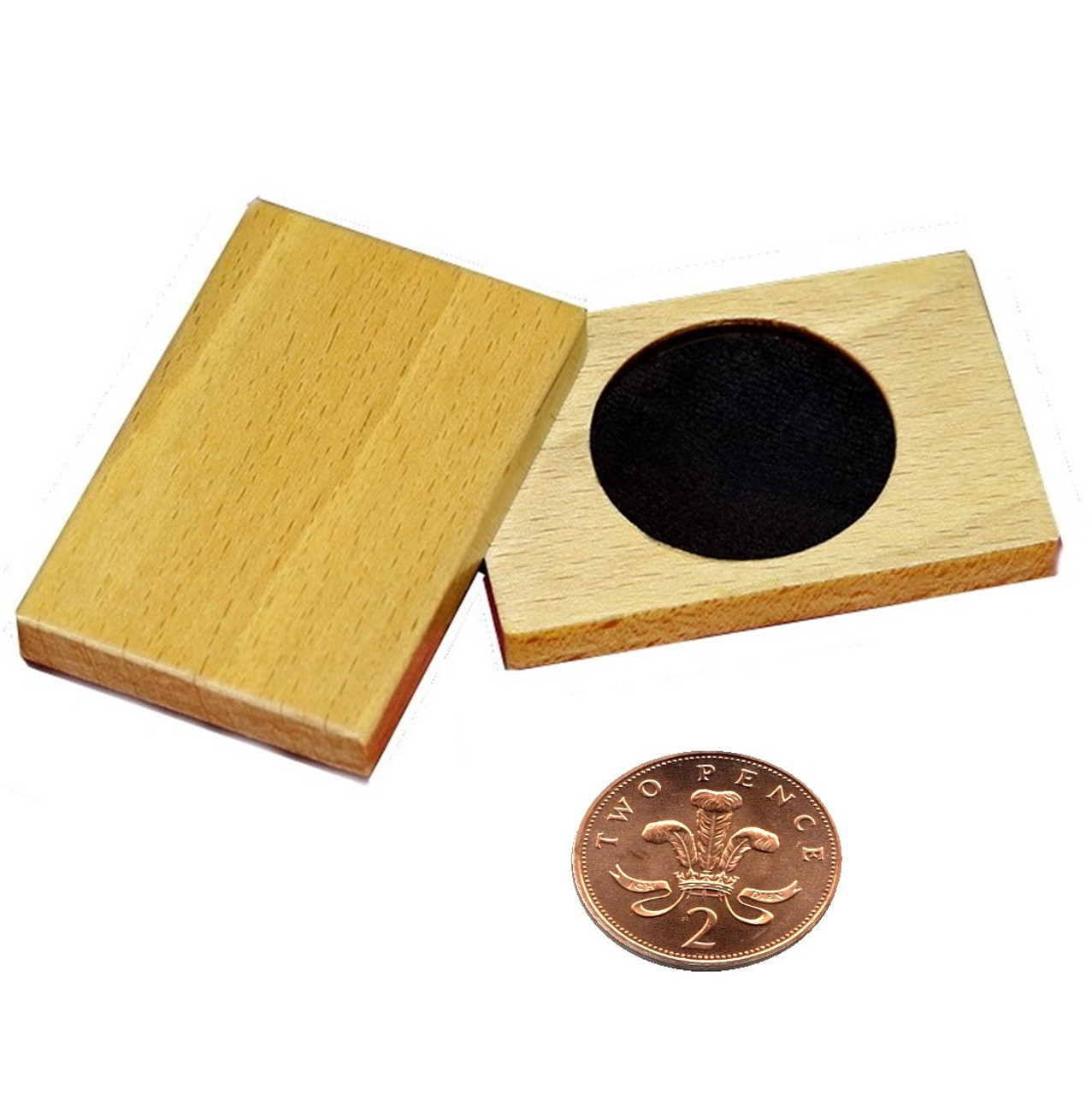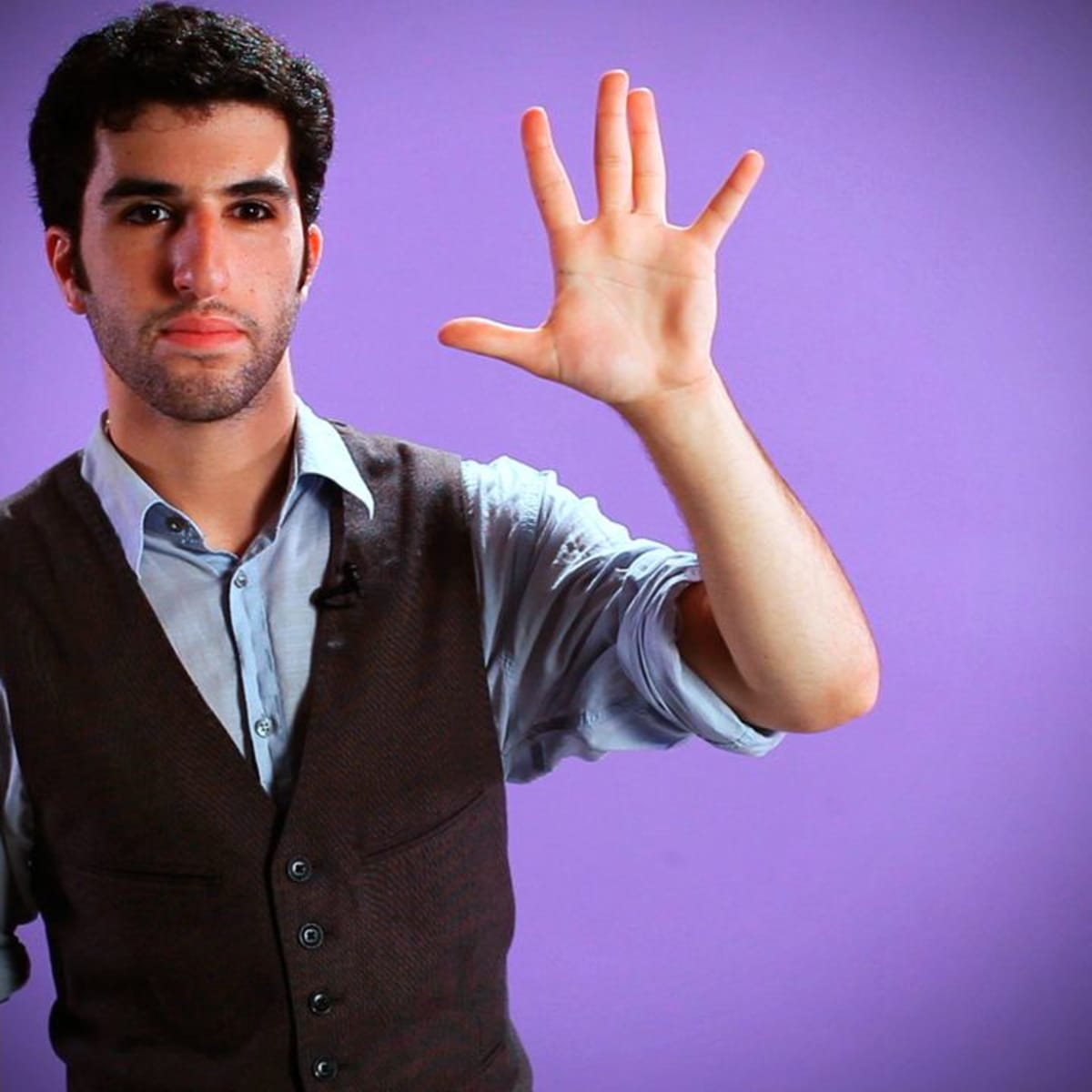Introduction to Coin Magic
The Fascination with Disappearing Acts
Magic tricks have always enchanted audiences, capturing their imagination and sense of wonder. One of the most captivating tricks is making a coin disappear. This classic feat has fascinated both amateur and professional magicians for centuries. The illusion of making an object vanish into thin air is not only visually striking but also sparks curiosity about the secret methods involved. Understanding the art of coin magic provides insight into why these tricks continue to mesmerize audiences.
The allure of disappearing acts lies in their simplicity and impact. Unlike elaborate stage performances, coin magic can be performed almost anywhere, requiring minimal props. This accessibility makes the trick appealing to both budding magicians and seasoned performers. The instant surprise and astonishment created by the vanishing coin leave a lasting impression on the audience, making it a favorite in close-up magic.
Moreover, the psychology behind disappearing acts plays a crucial role in their effectiveness. The magician’s skill in misdirection and sleight of hand manipulates the audience’s perception, leading them to believe in the impossible. By mastering these techniques, magicians create an illusion that defies logic and challenges the viewer’s understanding of reality. This blend of skill and psychology is what makes coin magic an enduring and captivating art form.
In addition to entertainment, disappearing acts hold symbolic meaning in various cultural contexts. The act of making something vanish can represent transformation, mystery, and the unknown. This deeper significance adds another layer of intrigue to the trick, captivating audiences on multiple levels. Understanding the fascination with disappearing acts provides a foundation for exploring the techniques and methods involved in coin magic.
The Evolution of Coin Magic
The art of coin magic has evolved over the centuries, shaped by the contributions of skilled magicians and the development of new techniques. Historical records suggest that coin tricks date back to ancient civilizations, where performers used simple sleight of hand to entertain crowds. As magic evolved, coin tricks became more sophisticated, incorporating intricate moves and innovative methods to create increasingly baffling illusions.
In the 19th and early 20th centuries, coin magic gained prominence as a form of close-up magic. Renowned magicians like Jean Eugène Robert-Houdin and T. Nelson Downs popularized coin tricks through their performances and publications. Their influence helped establish coin magic as a respected art form, inspiring future generations of magicians to explore and innovate.
The evolution of coin magic continued with the advent of modern magic clubs and societies, such as the Magic Circle and the International Brotherhood of Magicians. These organizations provided platforms for magicians to share knowledge, refine their techniques, and develop new routines. As a result, coin magic expanded to include a wide range of tricks, from vanishes and productions to transpositions and transformations.
Understanding the evolution of coin magic highlights the rich history and development of this art form. It demonstrates the creativity and ingenuity of magicians who have continuously pushed the boundaries of what is possible with a simple coin. By exploring the techniques and methods used in coin magic, aspiring magicians can gain a deeper appreciation for this timeless craft.
Materials Needed for the Trick
Choosing the Right Coin
Selecting the right coin is crucial for a successful vanishing act. The ideal coin should be easy to handle, with a size and weight that feels comfortable in your hand. Common choices include US quarters, half dollars, and other similarly sized coins. The coin’s visibility is also important, ensuring that the audience can clearly see it before it vanishes.
One factor to consider when choosing a coin is its familiarity to the audience. Using a commonly recognized coin enhances the credibility of the trick, making the illusion more convincing. A foreign or unusual coin may distract the audience and detract from the overall effect. By selecting a familiar coin, you create a sense of relatability and trust.
Additionally, the coin’s condition plays a role in the performance. A clean, shiny coin catches the light and is easier for the audience to see. Conversely, a dirty or worn coin may not reflect light as well, diminishing its visibility. Ensuring the coin is in good condition enhances the visual impact of the trick.
Understanding the importance of choosing the right coin sets the stage for a successful performance. By considering factors such as size, familiarity, and condition, you can select a coin that enhances the effectiveness of your vanish.
The Essentials: Materials and Setup
In addition to the coin, there are a few essential materials and setup steps needed for the trick. These include:
- Practice Area: Find a quiet, well-lit space to practice. Good lighting ensures that you can see your hand movements and the coin clearly, which is crucial for mastering the sleight of hand. A comfortable practice area allows you to focus and refine your technique without distractions.
- Mirror: Practicing in front of a mirror helps you observe your movements and ensure they appear natural. It allows you to see the trick from the audience’s perspective, identifying any telltale signs of the sleight of hand. A mirror is an invaluable tool for refining your performance.
- Notebook: Keeping a notebook to jot down observations, tips, and feedback is beneficial. Documenting your progress helps you identify areas for improvement and track your development over time. Reviewing your notes allows you to refine your technique and enhance your performance.
- Table or Surface: Having a table or flat surface to practice on can be helpful, especially when performing tricks that involve placing the coin on and off the surface. This setup replicates the conditions of a live performance, allowing you to practice realistic scenarios.
Understanding the essential materials and setup provides a foundation for effective practice. By creating a conducive practice environment, you can focus on mastering the sleight of hand and refining your performance.
Step-by-Step Guide to Make a Coin Disappear
Basic Techniques: The French Drop
The French Drop is one of the most fundamental techniques in coin magic, used to create the illusion of a coin disappearing from one hand. To perform the French Drop:
- Hold the Coin: Place the coin in your dominant hand, gripping it gently between your thumb and first two fingers. Ensure the coin is visible to the audience.
- Position Your Hands: Bring your non-dominant hand up to your dominant hand as if to take the coin. Position your non-dominant hand with the palm facing up.
- The Drop: As your non-dominant hand approaches the coin, secretly allow the coin to drop into your fingers’ curl in your dominant hand. Simultaneously, close your non-dominant hand as if it has taken the coin.
- Misdirection: Focus your gaze and attention on your non-dominant hand as it seemingly holds the coin. This misdirection draws the audience’s attention away from the actual location of the coin.
- Reveal the Vanish: Slowly open your non-dominant hand to show that the coin has vanished. Maintain your composure and act naturally, reinforcing the illusion.
Understanding the basic techniques of the French Drop provides a foundation for more advanced coin tricks. Mastering this move builds confidence and enhances your ability to create convincing illusions.
Advanced Techniques: The Classic Palm
The Classic Palm is a more advanced technique used to conceal a coin in the palm of your hand. To perform the Classic Palm:
- Position the Coin: Place the coin on the base of your fingers in your dominant hand. Ensure the coin rests comfortably against your palm.
- Curl Your Fingers: Gently curl your fingers inward, pressing the coin against the palm. The coin should be held securely but not too tightly.
- Relax Your Hand: Practice holding the coin in your palm while keeping your hand relaxed and natural. Avoid any unnatural stiffness or tension that could reveal the concealment.
- Finger Movements: Practice moving your fingers naturally while keeping the coin palmed. This movement helps mask the concealment and makes your hand appear empty.
- Practice Transitions: Practice transitioning the coin in and out of the Classic Palm smoothly. This skill is crucial for creating seamless vanish and production effects.
Understanding the Classic Palm technique enhances your repertoire of coin magic. Mastering this move allows for more complex and convincing illusions, elevating your performances.
The Performance: Putting It All Together
Performing the coin vanish requires putting together the techniques and practicing them until they flow naturally. Follow these steps for a successful performance:
- Begin with a Story: Create a simple narrative or patter to engage your audience. A story adds context and makes the trick more memorable.
- Show the Coin: Display the coin to the audience, ensuring it is clearly visible. Emphasize the coin’s presence to heighten the impact of the vanish.
- Perform the Vanish: Execute the chosen technique (e.g., French Drop or Classic Palm) smoothly and confidently. Use misdirection to divert the audience’s attention.
- Maintain Eye Contact: Keep eye contact with your audience to build rapport and maintain control over their focus. Your connection with the audience enhances the illusion’s impact.
- Reveal the Vanish: Slowly reveal the empty hand, maintaining a calm and composed demeanor. Confidence reinforces the illusion and convinces the audience of the coin’s disappearance.
- Finish with a Flourish: End the trick with a flourish or additional effect, such as producing the coin from behind someone’s ear. This final touch adds a sense of completion and amazement.
Understanding the performance aspect of coin magic emphasizes the importance of practice, confidence, and audience engagement. By mastering these elements, you can create a captivating and convincing illusion.
Conclusion: Mastering the Coin Vanish
Making a coin disappear is a classic magic trick that combines skill, psychology, and performance. Understanding the history and evolution of coin magic provides valuable context for appreciating this timeless craft. By gathering the necessary materials, mastering basic and advanced techniques, and perfecting your performance, you can create a convincing and captivating illusion.
The key to success in coin magic lies in practice and precision. Building muscle memory and refining your sleight of hand techniques ensure that your movements appear natural and seamless. Additionally, mastering misdirection and audience engagement enhances the effectiveness of the illusion, leaving a lasting impression on your audience.
By embracing the art of coin magic, you not only entertain but also inspire wonder and curiosity. The ability to make a coin disappear is a testament to the enduring appeal of magic and the skill of the performer. Understanding and mastering this classic trick allows you to create moments of amazement and joy, reminding us all of the magic that exists in our everyday lives.

